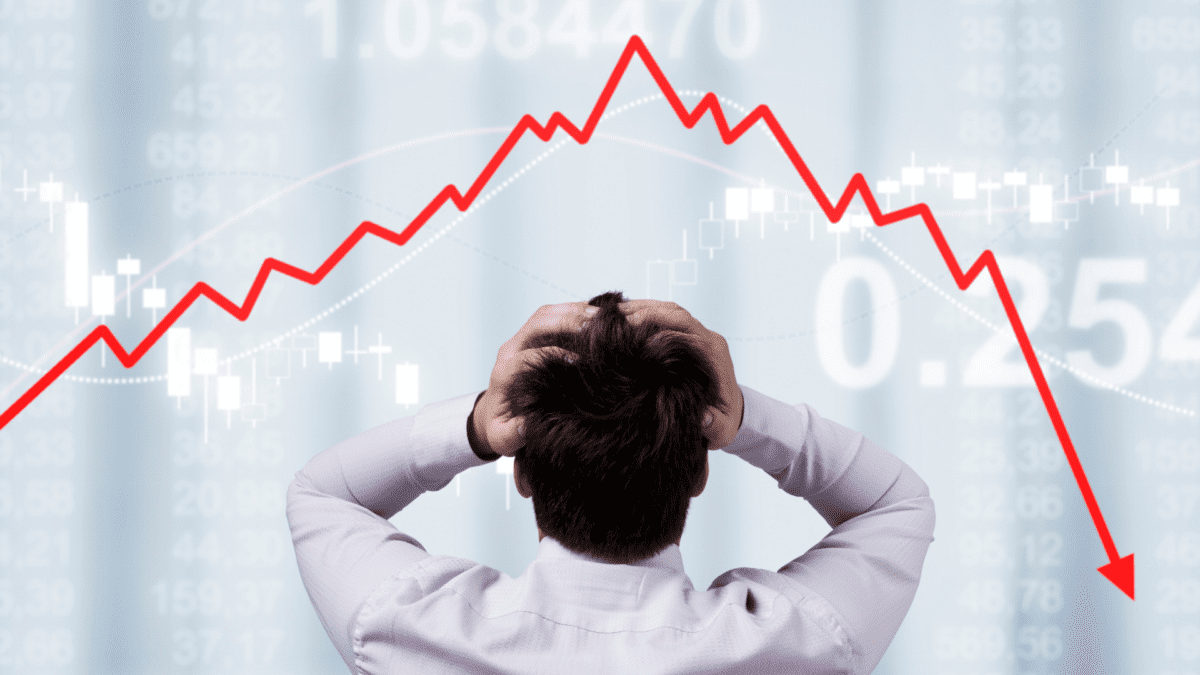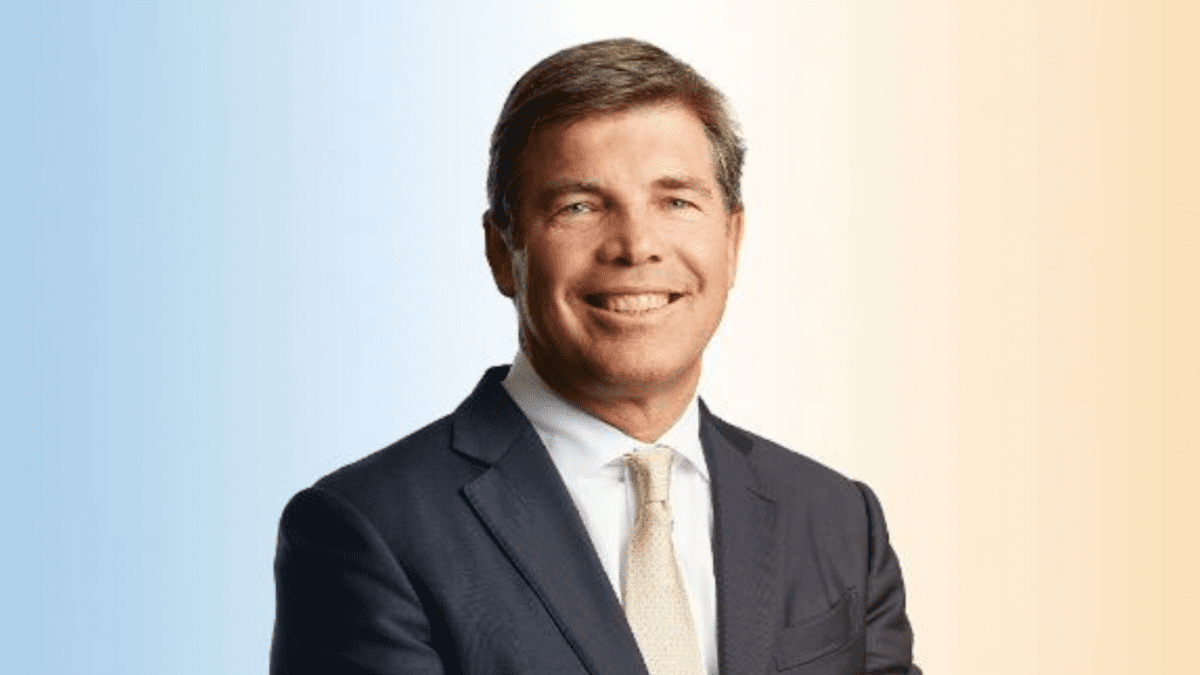Tumbling equity markets take the shine off positive CPI number
For self-funded retirees, Monday’s sharmarket fall that saw the ASX/S&P 200 index down 3.7 per cent – its largest one-day fall in four years – was a rude reminder of the volatility of equity markets. Just to add to their anxiety, Japan’s Nikkei index was down a whopping 12.4 per cent, which, when coupled with Friday’s 5.8 per cent fall, made this its worst two-day decline ever. To complete the Monday rout, the bellwether US index, the S&P 500, was down three per cent.
Certainly, these market selloffs cast a pale over the Australian reporting season that is now in full stride. One of the first companies out of the blocks was the iron ore giant, Rio Tinto (ASX: RIO), but there was more focus on the US market as the likes of Microsoft, Tesla and Meta Platforms rolled out their quarterly earnings updates.
The Australian inflation number for the June quarter was also on investor minds, overshadowing any local earnings news. When it came in line with expectations with the CPI at 0.8 per cent for the quarter, down from a rate of one per cent in the previous quarter and, for the year, dropping to 3.9 per cent, the relief was palpable.
It found most experts who had been predicting another rate hike from the Reserve Bank swiftly changing their tunes with rates expected to remain on hold – or even a cut before the Christmas break.
Before Monday’s market rout, the inflation figure was bullish for markets, with the ASX/S&P 200 index jumping 1.8 per cent on the news, as the retail sector, led by Wesfarmers (ASX: WES) and Harvey Norman (ASX: HVN) rallied alongside the commercial property and technology sectors.
Rio Tinto managed a 2.1 per cent gain after booking a $5.8 billion profit for the half year to June 30, 2024. The group highlighted mature but improved growth from its copper assets, around two per cent for the year, while suggesting a step change in the aluminium division offered an inflection point for growth.
Cash flow is expected to improve from the ramp up of the troubled Oyu Tolgoi mine, while the Simandour and Rincon lithium projects continue to mature. Revenue gained just one per cent as falling iron ore prices, and consistent but stable production limited the additional benefit, while profit was 14 per cent higher, supporting a flat dividend based on a 50 per cent payout ratio.
In the US, all eyes were on Microsoft (NYSE: MSFT) as investors have a laser-like focus on the earnings strength of the Magnificent Seven. The headlines suggested the company hit a speed bump, with shares falling around one per cent, or US$219 billion ($A337 billion), in value – a number that is eye watering for any mere mortal.
Growth of the group’s cloud computing platform Azure apparently slowed from 31 per cent in the previous quarter to 29 per cent this quarter, suggesting weakness in the rollout of the group’s AI services. Despite this revenue was 15 per cent higher for the quarter. That said, Microsoft is being forced to invest heavily into new capital assets that may hit earnings in the short term.
One of the more interesting takeaways was the appointment by Ramsay Healthcare (ASX: RHC), Australia’s leading private hospital operator, of a grocery executive as its new chief executive officer. Natalie Davis will take over from October 1, 2024, and is expected to bring significant experience in dealing with massive transformations at a global level amid a very difficult period for private hospitals.
The earnings season obviously attracts investor interest, especially for self-funded retirees, many of whom find their livelihoods directly linked to the performance of the market and individual companies. Making this reporting season particularly compelling is a growing likelihood that the earnings from cash and term deposits might just at the start of a downward trend – once again highlighting that while falling interest rates might be one person’s meat, they are definitely another person’s poison.










